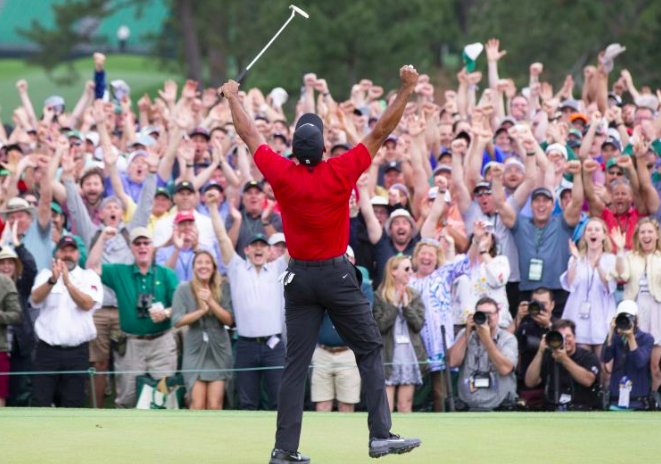Every golfer is really like a puzzle at first. Some are 50 piece puzzles and some are 500 piece puzzles. As a golf school coach for over 25 years the two days gives me enough time to sort through your misconceptions mentally about hitting a ball or the physical compensations that is rooted in say a poor hold on the golf club. Either way I enjoy playing Sherlock Holmes to unravel the clutter in your golfing mind.
The first day is always a good overview of my key concepts and I get to see you hitting all kinds of shots and playing on the course. There will be plenty of Q and A (questions and answers) to clear up some of the non-sense that has accumulated through dozens of golf magazine articles, Golf Channel shows and tips from your buddies or family members. The most most famous misconception is "keep your head still". I'm going to have you moving your head and you'll feel liberated.
So day one is about giving you a clear picture of what makes good contact on any shot. I'll start with the shorter shots, either putting or chipping and build progressively from there. By lunch we'll have covered a good grip on the club and why it's important, how to use leverage or lag angle in your shots and how to use gravity and momentum for distance control in the short distance shots. This foundation is what we'll build on. It's not rocket science and everybody can do it and so will you.
That night I'll get a deeper dive into your swings on video and the improvement plan the second day and beyond.
During the second day I'll also encourage you to pull out their cell phones to capture me doing a short video reminders for them to reference for their future practice sessions.
And then after some more thought I'll send you a thank you email with links to videos and information that I think will help you progress through the process of learning. This resource bin is then available for you to explore if they want to dig deeper into understanding more.
I cut and pasted this email below from a recent thank you to a golf student:
First, thanks for coming up to my school. I hope you learned some cool new things and had a fun time along the way!
Here are a few other reminders of what we worked on and some links for you to watch or listen to:
Five Impact Dynamics
Stretching and strengthening website from Titleist Performance Institute. Here's a great one for your pivoting.
To improve your pivots
Learn the proper way to roll your forearms
Cool perspective from one of my favorite golf pros Shawn Clement, Hitting the Ball is not your Job, and here's another on getting speed. Here's that ribbon exercise video.
Another favorite, Clay Ballard and how to use your hips better in the swing. And here's another one.
Some ideas to help you measure your progress and reach your goals
To get more power.....Power Exercises from TPI's Jason Glass
Some of my videos from my website. Here's the scraping drill that you can practice at home.
If you're really geeky about golf biomechanics watch this video from Dr. Kwon.
30-Day Plan
Twice a week for five minutes- Set up a hitting station (aim sticks or using a line to check on your bottom of swing location). "Become a grass cutting machine".
Horizontal swings- Again five minutes twice a week to encourage rotary action.
Twice a week for five minutes- Simple tip to hit the driver better. Get a can of Dr. Scholl's foot spray ($5) and when you're at the range spray the club face with it and see where your impact mark is. Contact higher on the face with launch the ball higher. Toe contact creates hooks and heel contact creates slices. Try different swing speeds to find where you can hit the ball in the middle of the face consistently.
Lighten up your grip pressure to feel the club better.
I'll get you on my newsletter list, I send out some pretty cool stuff that will help you. And always feel free to send me emails with any issues you are having with your ball flight. Until next time!
So in summary this is what you'll get when you visit my golf school:
- Clear understanding of what you're trying to accomplish with every shot
- Me demonstrating the shot so you can copy it
- You doing the swing, first without a ball, working on making good brush marks or divots
- You hitting balls (we always start with chips, then pitches and work our way back to the driver)
- Look at divot marks, measure them from where we want them to occur. I'm trying to get you to be great at making the right scuff mark or divot (this is crucial for excellent ball striking)
- Feedback from your swing videos. Is there anything we can do to make the motion more efficient?
- Feedback from doppler radar. This system shows exactly what is happening at impact with your club but also the ball's flight through the air including it's height, speed, distance, spin etc.
- From the doppler radar instruction you will start accessing your ball flight correctly and be able to make the appropriate adjustments to get your desired ball flight.
- The afternoon is about playing golf. Learning to manage your golf ball around the course so you can start getting the results you wish (more fun playing, better scores or just great shots).
- And you leave with a clear sense of how to improve in the next 90 days.


























